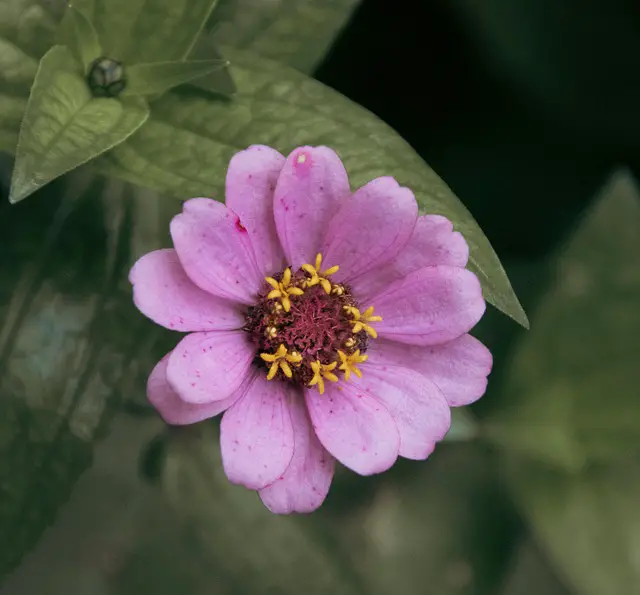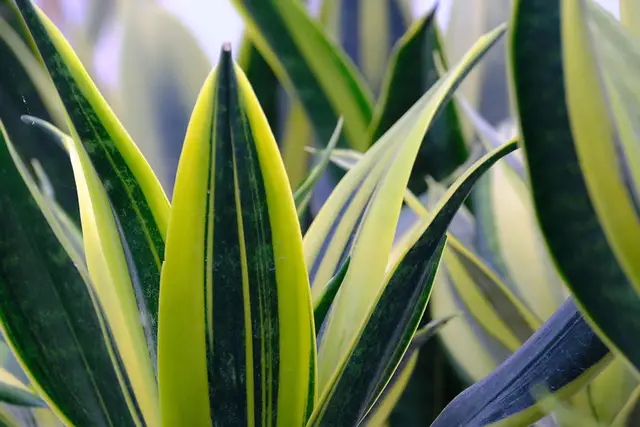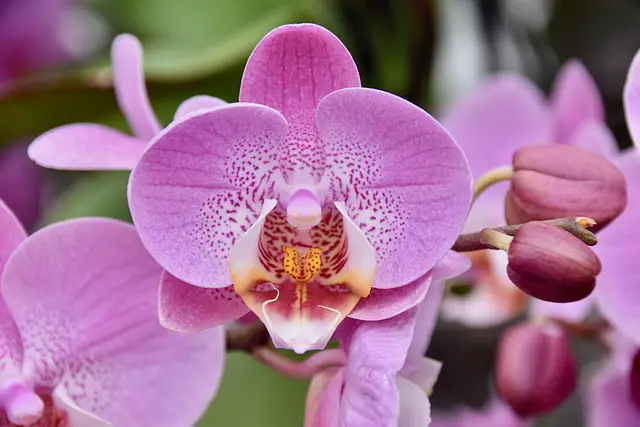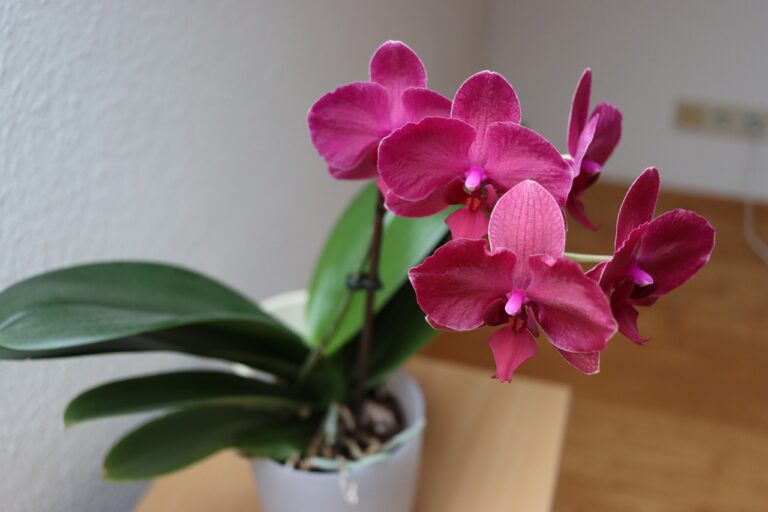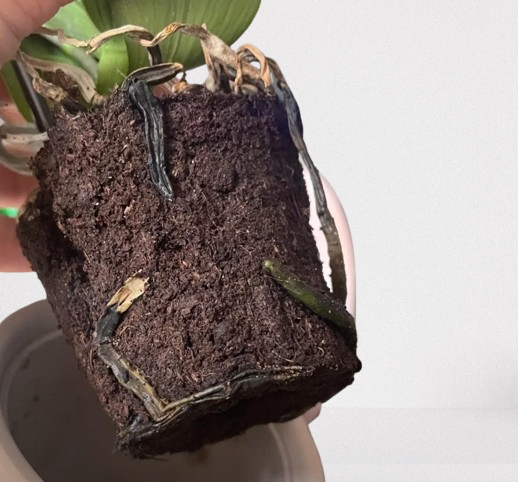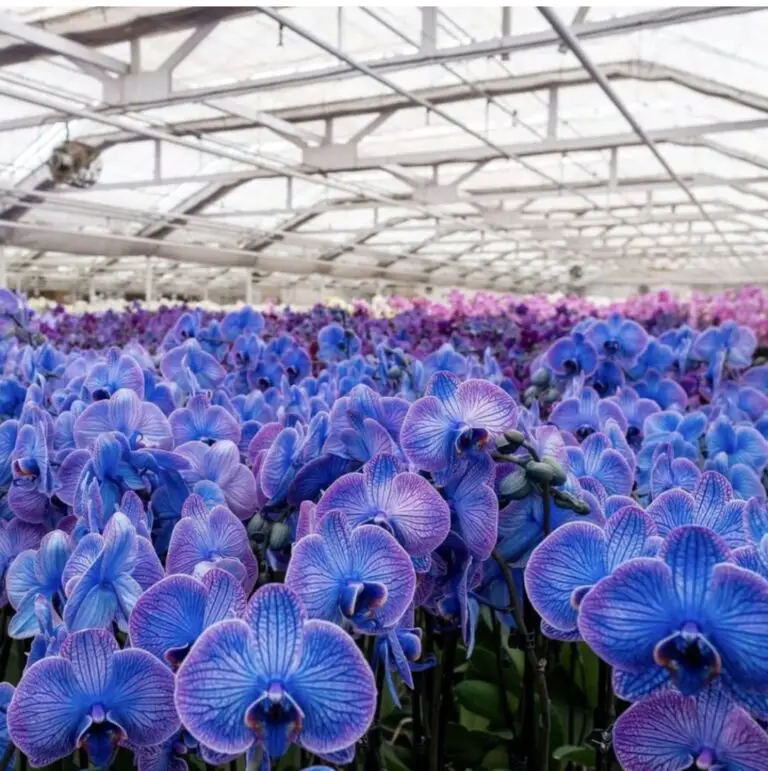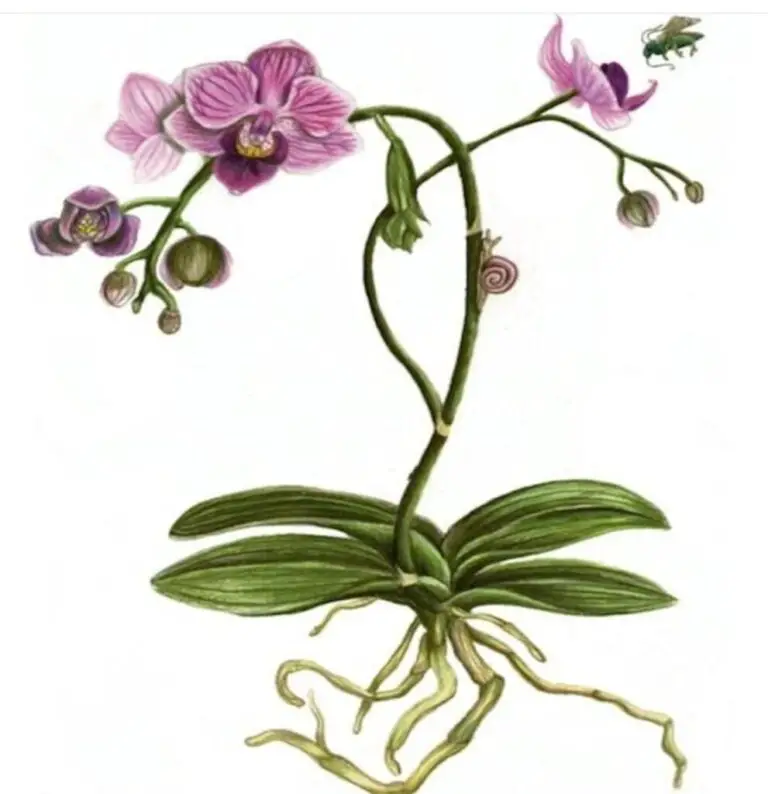White peonies are among the most cherished blooms in any garden. Their lush, cloud-like petals and soft fragrance make them a timeless favorite for landscapers and flower lovers alike. But as stunning as they are, white peonies come with their fair share of challenges. Many gardeners—beginners and experts alike—often find themselves frustrated when these iconic flowers don’t perform as expected.
From stubborn buds that never open to leaves that yellow or spot with disease, white peonies can be surprisingly temperamental. The truth is, behind every flawless bloom is a gardener who’s navigated a fair share of headaches. Understanding what can go wrong—and how to fix it—is key to enjoying healthy, vibrant peonies year after year.
. These aren’t just minor annoyances; they’re issues that can prevent your plant from blooming, thriving, or even surviving. But don’t worry—each problem comes with a clear, effective solution that you can apply right away.
Whether you’re planting white peonies for the first time or troubleshooting a patch that just won’t cooperate, this guide will help you overcome the most frustrating hurdles and grow peonies that truly shine. Let’s get into the problems—and more importantly, the fixes.

1. Buds Not Opening
You wait for those big white blooms, but the buds stay closed and eventually rot. This usually happens due to lack of sun, pest damage, or fungal infection. Ensure your peonies get full sunlight and check for insects. You can also spray a gentle fungicide early in the bud stage.
2. Yellowing Leaves
If your white peony leaves are turning yellow, it’s often a sign of overwatering or poor drainage.Wet feet irritate these plants. Only water when the top inch feels dry, and make sure the soil drains well. Raised beds or compost-rich soil can help prevent root rot and leaf yellowing.
3. Powdery Mildew
A white, dusty coating on the leaves means your peony is battling powdery mildew. It thrives in humid, crowded conditions. To fix this, improve airflow by pruning lower leaves and avoid overhead watering. Apply a natural fungicide like neem oil before the problem spreads too far through the plant.
4. Weak or Floppy Stems
White peony blooms are heavy, and without support, their stems often flop. This is especially true after rain. Use a peony cage, ring, or even tomato supports early in the growing season. This keeps the blooms upright and improves air circulation, which also helps prevent fungal problems.
5. No Blooms at All
Few things are more disappointing than a peony that refuses to bloom. Common causes include planting the root crown too deep, lack of sunlight, or young plant age. Replant with the crown just an inch or two below the surface, give it full sun, and be patient—it may take 2–3 years.
6. Ants Everywhere
Seeing ants all over your white peony buds might be alarming, but they’re not actually harming the plant. They’re just after the sweet nectar that peonies produce. You can rinse them off before bringing flowers indoors, but there’s no need to treat or remove them—they help deter other pests.
7. Leaf Blotch (Peony Measles)
Dark purple or red spots on the leaves usually mean leaf blotch, also known as peony measles. Warm, humid weather is ideal for the growth of this fungus. Cut off and discard affected leaves—don’t compost them. Keep the area tidy and dry, and apply fungicide in spring as a preventative measure.
8. Short Bloom Period
White peonies naturally bloom for just 7–10 days, but heat stress and poor care can make this even shorter. To extend the bloom time, mulch the base of the plant to keep roots cool and hydrated. Planting in a spot with afternoon shade can also help preserve flower quality longer.
9. Pest Infestation
Aphids, thrips, and scale insects love peonies, especially in warm, crowded gardens. These pests damage leaves and buds, stunting growth and bloom. Regularly inspect your plants and spray with insecticidal soap or neem oil. Keeping the garden clean and debris-free also helps prevent infestations before they start.
10. Peonies Not Coming Back
If your white peonies didn’t return this year, the issue may be winter damage or crown rot. Always cut plants down to ground level after the first frost and mulch lightly to protect from extreme cold. Avoid soggy soil in winter, and make sure the plant wasn’t smothered by heavy mulch.
While white peonies may seem like high-maintenance divas, most of their problems are preventable with the right care. Once you understand these 10 common issues and how to tackle them, your peonies will reward you with healthy foliage and unforgettable blooms year after year. Don’t give up—just grow smarter.
FAQs About White Peonies
1. What are white peonies and why are they so popular?
White peonies are flowering plants that are renowned for their timeless beauty and enormous, fragrant blossoms. They are popular in gardens and floral arrangements because they represent elegance and purity. White peonies are a favourite among gardeners all over the world because of their classic beauty and comparatively low maintenance requirements.
2. What time of year is ideal for planting white peonies?
The best time to plant white peonies is in early fall, usually between late September and early November. This timing allows the roots to establish before winter sets in, ensuring stronger growth and beautiful blooms the following spring.
3. How much sunlight do w peonies need to thrive?
W peonies need full sun for at least 6 hours daily to produce healthy blooms. While they can tolerate partial shade, too little sunlight may cause weak stems and fewer flowers, making proper placement essential for thriving white peonies.
4. Why are the buds on my w peonies not opening?
Buds on w peonies may fail to open due to insufficient sunlight, pest damage, or fungal infections. Ensuring adequate sun exposure, inspecting for pests, and applying preventive fungicides can help your white peonies bloom fully and healthily.
5. How often should I water w peonies?
W peonies prefer consistent moisture but dislike soggy soil. Water deeply once a week during dry spells, making sure the soil drains well. Overwatering can lead to root rot, so balance is key to keeping your white peonies healthy.
6. What causes yellowing leaves on w peonies?
Overwatering or inadequate soil drainage are the typical causes of yellowing leaves on white peony. These circumstances lead to root stress and impede the uptake of nutrients. This problem can be resolved by making sure the soil is rich and well-draining, enhancing drainage, and modifying the frequency of watering.
7. How can I prevent powdery mildew on w peonies?
Powdery mildew is common in humid or overcrowded conditions. To prevent it on white peonies, provide ample spacing for airflow, avoid overhead watering, and prune regularly. Applying organic fungicides early can also keep this fungal disease at bay.
8.Why are the stems of white peony floppy or weak?
The large blooms of w peonies can weigh down stems, causing them to flop. Supporting stems early with peony rings or stakes helps maintain an upright shape and prevents damage, keeping your white peonies looking elegant throughout the season.
9. What should I do if my w peonies don’t bloom?
If your w peonies don’t bloom, common causes include planting too deep, insufficient sunlight, or immature plants. Replanting with the crown just below the soil surface, choosing a sunny location, and patience for maturity usually solve this issue.
10. Are ants harmful to w peonies?
Ants are often found on white peonies, attracted by the nectar on buds. They don’t harm the plants and can actually protect them by deterring harmful pests. Gently rinsing ants off before cutting flowers is all that’s needed if they become a nuisance.
11. How do I deal with leaf blotch (peony measles) on w peonies?
Leaf blotch is a fungal disease that results in purple or red patches on the foliage of white peony. To lower the risk and safeguard your white peony, remove and destroy any impacted leaves as soon as possible, maintain a clean plant environment, and use fungicides in the early spring.
12. What pests commonly affect w peonies?
Common pests attacking white peonies include aphids, thrips, and scale insects. They damage leaves and buds, reducing bloom quality. Regular inspection and treatments with insecticidal soap or neem oil early in the season can protect your white peonies from infestations.
13. How can I extend the bloom period of w peonies?
W peonies naturally bloom for about 7 to 10 days, but you can extend this by mulching to keep roots cool, watering consistently, and planting them where they get afternoon shade. These steps help your white peonies stay vibrant longer.
14. Why do some w peonies fail to return after winter?
W peonies may not return due to winter damage or crown rot caused by poor drainage and wet soil. Properly cutting back plants after frost, applying mulch for protection, and ensuring well-drained soil helps white peonies survive winter and bloom again.
15. Can w peonies be grown in containers?
Yes, w peonies can be grown in containers with well-draining soil and adequate sunlight. Container gardening allows control over soil conditions and location, making it a good option for gardeners with limited space who want to enjoy white peonies’ beauty.


